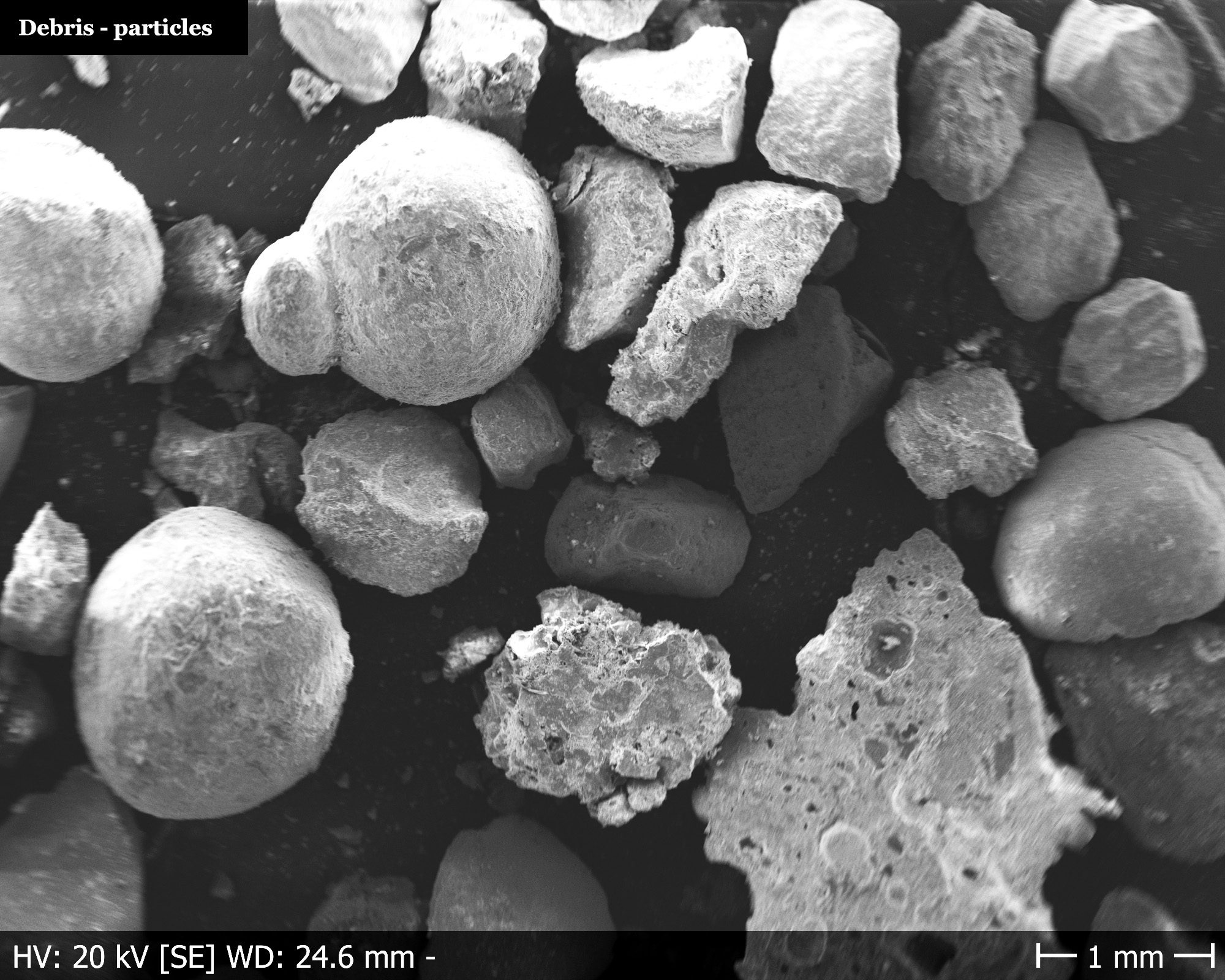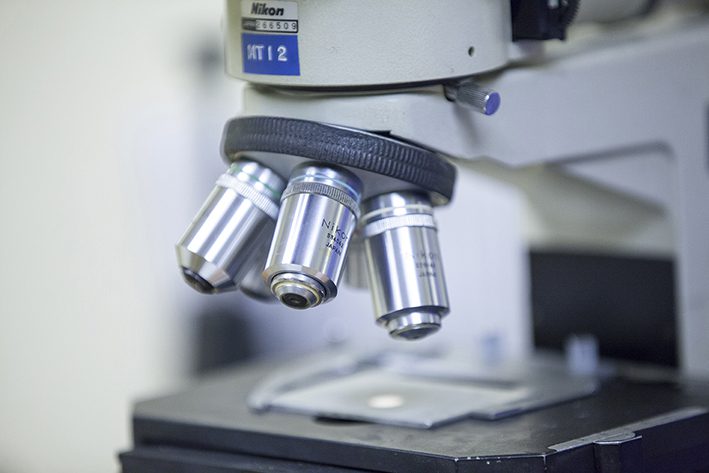
Reduce risk and maintain compliance with our specialist risk management services.
We’re proud to be a leading provider of complete life cycle risk management solutions. From ensuring asset safety and legal compliance with our thorough engineering inspections to driving operational efficiency with our specialist non-destructive testing services, (and much more in between), we’re proud of the long-lasting partnerships we have formed with our customers over the last 160 years, based on the value of our solutions.

SEM & EDX Analysis
Scanning Electron Microscopy with Energy Dispersive X-ray Analysis (SEM-EDX) is a powerful analytical technique used for characterising the surface morphology, elemental composition, and chemical mapping of materials at a microscopic level.
Scanning Electron Microscopy (SEM) is a widely used technique in metallurgy for analysing the microstructure and surface topography of samples. It is highly popular due to its ability to produce high-resolution images using a focused electron beam, scanning the surface of the sample at very high magnifications, ranging from 10 to 5,000 times.
At BES Group, we use SEM microscopy to detect cracks, contaminants, and fractures on the surface of materials to gain a deeper understanding of the behaviour and characteristics of samples at higher magnification levels compared to traditional microscopes.
Knowing whether a material is prone to specific types of failure, like fatigue or stress corrosion cracking, or if there are any contaminants present on the surface, empowers our customers to make well-informed decisions regarding production processes. It also helps them assess whether their choice of material is suitable for its intended application.
Energy Dispersive X-Ray Spectroscopy (EDS or EDX) is another technique that we use in combination with SEM microscopy, for a comprehensive analysis of material composition.
Using x-rays emitted from the sample during the SEM process, EDS allows for a more detailed microanalysis of features observed on the scanning electron microscope.
We can carry out in-depth investigations to analyse the microstructure and elemental characteristics on your materials.
Get in touch today! Get in touch today! Get in touch today!Our Services
SEM Analysis
SEM uses a focused electron beam to scan the surface of a specimen. As the electron beam interacts with the sample, various signals are emitted, including backscattered electrons, secondary electrons, and characteristic X-rays. These electrons provide valuable information about the composition and topography of the sample.
Backscattered electrons are reflected back after interacting with the sample. They help us achieve high-resolution imaging of the elements present and detect differences in atomic number both on and below the surface of the material.
Secondary electrons originate from the atoms of the sample. They are produced when the electron beam excites the electrons within the sample, causing them to lose some energy in the process.
Key features:
- High-resolution imaging
- Surface morphology examination
- Microstructural analysis
- Fractography
EDX Analysis
EDX is an analytical technique that detects characteristic X-rays emitted by the sample when it is bombarded with electrons. Each element in the sample emits X-rays at specific energies, allowing for the identification and quantification of elements present in the sample.
The sample surface is bombarded with a high-energy electron beam, which leads to the absorption of energy by the electrons in the sample. As a result, inner shell electrons are ejected. The holes in the inner shells are then filled by electrons from higher energy levels, resulting in the emission of characteristic X-rays.
These emitted X-rays are measured for their energy and intensity by an energy-dispersive X-ray detector located near the sample. The detected X-rays are then sorted according to their energy, creating a spectrum that represents the elemental composition of the sample, and identifying the elements based on the characteristic X-ray peaks.
Key features:
- Elemental analysis
- Chemical mapping
- Particle analysis
- Surface contamination analysis

Benefits of SEM & EDX Analysis
SEM analysis is a quick and cost-effective method for investigating metallurgical issues. It provides detailed and enlarged images of samples or materials without causing any significant damage.
This technique is crucial in failure investigations as it allows for the analysis of the root cause of a failure at an elemental level. Additionally, it helps in identifying defects or flaws that cannot be observed through optical means alone.
- High Sensitivity: SEM-EDX analysis can detect even the smallest amounts of elements, making it ideal for analysing complex samples with low concentrations of certain particles.
- Non-destructive: SEM-EDX analysis is a non-destructive test, so we can examine your samples without causing any damage to their structure or composition.
- Wide Range of Samples: SEM-EDX analysis is extremely versatile, and can analyse various materials such as metals, polymers, ceramics, composites and much more.
- Failure Analysis: SEM-EDX analysis offers in-depth information about the physical and structural characteristics of failed components, making it easier to identify why your product has failed.
- Data-Driven Decision Making: The valuable insights gained from SEM-EDX analysis help in making informed decisions about production processes, improving quality control and efficiency, as well as minimising risks and reducing costs.
- Enhanced Product Reliability: By addressing the underlying factors contributing to failures, SEM-EDX analysis plays a crucial role in improving product reliability, durability, and overall performance. This ultimately leads to increased customer satisfaction and a stronger brand reputation.
While SEM microscopy is highly beneficial, it is important to note that EDX Microanalysis has its limitations. It is semi-quantitative and cannot identify organic matter. Moreover, there are certain elements that it may not be able to detect, even if they are present.
However, if you have an unknown material, such as contamination on a component or a fracture face, EDX analysis can still be used to determine its approximate chemical composition. It can also indicate any local differences in chemical composition, such as segregation.














